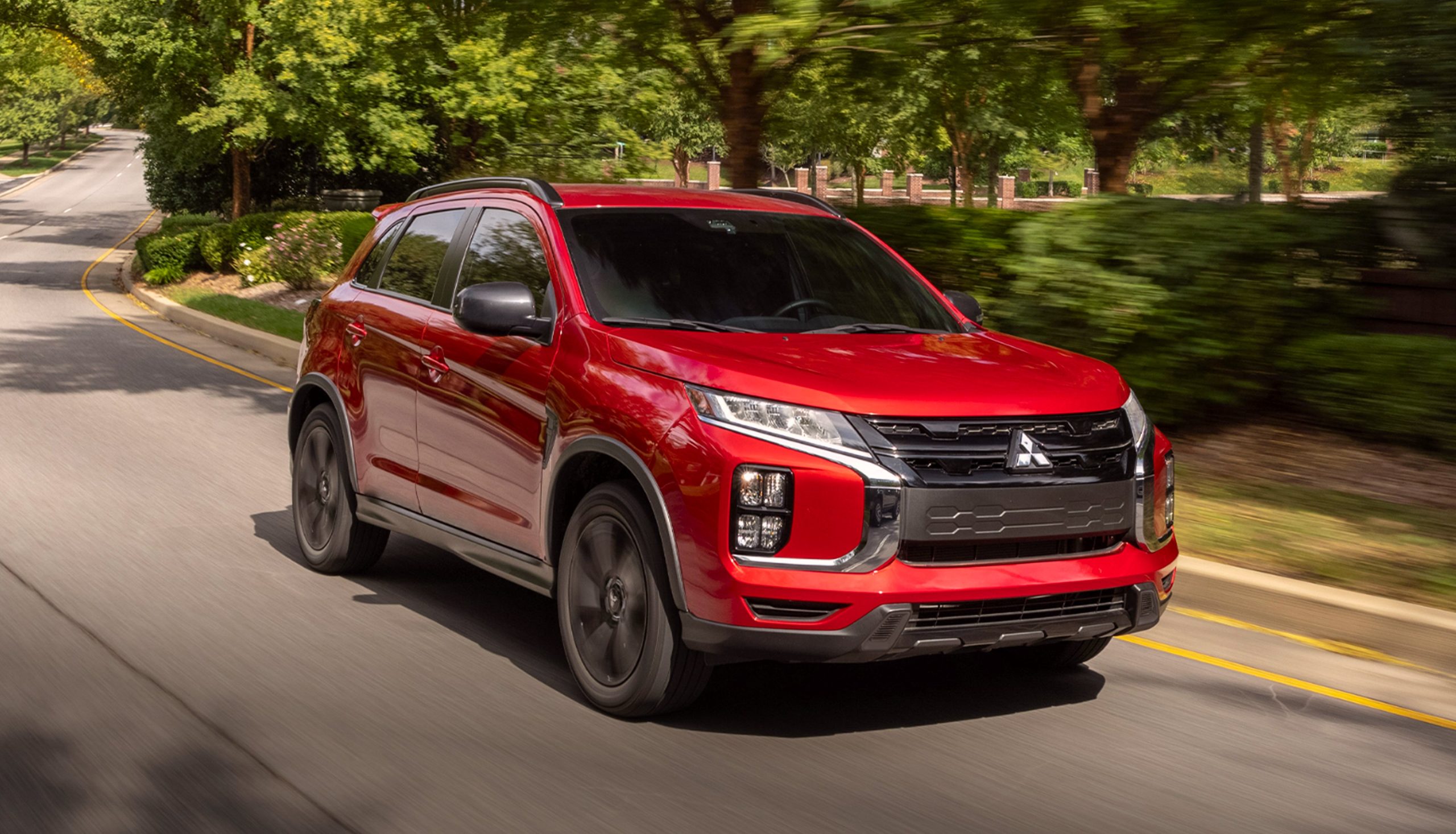In today’s automotive landscape, rearview cameras are no longer considered luxury features—they’re mandatory safety essentials.
From navigating tight parking spaces to preventing low-speed collisions, a good-quality backup camera has become a core part of modern driving.
Yet, as with many technological components, not all systems are created equal. While some manufacturers offer crisp, wide-angle, high-resolution feeds with excellent low-light performance, others seem to treat this vital feature as an afterthought—leaving drivers with pixelated, low-contrast images that are nearly useless in real-world conditions.
This piece explores both ends of that spectrum. First, we’ll look at five vehicles that set the standard for rear camera clarity, offering excellent image quality, dynamic guidelines, and visibility that holds up even in poor lighting or rainy conditions. These cars prove that thoughtful integration and quality hardware make all the difference.
Then we’ll explore five vehicles that disappoint when it matters most. Despite modern styling or advanced infotainment systems, their rear cameras suffer from grainy output, foggy lenses, or fish-eye distortion that hinders visibility instead of enhancing it.
When safety is involved, clarity isn’t just a convenience—it’s critical. Let’s dive into which cars get it right and which ones fall far short of expectations.
Also Read: 5 SUVs That Stop Running When Hotwired and 5 That Are Too Easy to Steal
5 Cars With Good Rear Camera Quality
Rearview camera systems have evolved from basic grainy feeds into high-resolution, multi-angle tools that enhance both safety and convenience.
In an era where parking sensors and automated emergency braking are increasingly common, the rear camera remains a direct and visually intuitive tool—one that drivers rely on every day.
And while federal mandates have made backup cameras standard, the quality of these systems still varies wildly across the industry.
The difference becomes apparent the moment you shift into reverse. A high-quality rear camera offers a wide field of view, crisp resolution, and vibrant color reproduction.
It helps drivers see pedestrians, curbs, and other vehicles clearly—even in low-light or rainy conditions.
Some vehicles take things further, integrating dynamic guidelines that follow steering input, cross-traffic alerts, and even surround-view options that provide a bird’s-eye perspective of the car.
But great rear camera performance doesn’t happen by accident. It requires a combination of solid hardware, thoughtful software tuning, and smart screen integration.
In many of today’s best models, the display quality also plays a critical role—no matter how sharp the camera is, a blurry or dim infotainment screen can ruin the experience.
In this section, we highlight five vehicles that stand out for delivering consistently excellent rear camera performance. These cars don’t just comply with safety requirements—they enhance daily usability, especially in crowded cities, tight driveways, or poorly lit areas.
Whether it’s luxury brands packing in advanced surround-view systems or mass-market models that simply get the basics absolutely right, these five vehicles show what great camera systems look like in real-world use.
Let’s take a closer look at the five cars that offer some of the best rear camera quality in their class—and why it matters more than you might think.
1. Honda Accord – Class-Leading Clarity in a Family Sedan
The Honda Accord has long been considered a benchmark in the midsize sedan segment, praised for its balance of performance, comfort, and reliability.
But one feature that often flies under the radar is its exceptional rear camera system—a detail that enhances both the day-to-day driving experience and overall safety in subtle but meaningful ways.
Standard on all trims, the Accord’s multi-angle rearview camera sets it apart from many competitors. Instead of offering a single, fixed rear view, it allows the driver to toggle between three angles: normal, wide, and top-down.
This flexibility makes it easier to assess different parking scenarios or back into tight spots. The wide-angle view provides superior coverage, making it easier to spot approaching vehicles, while the top-down lens helps immensely when aligning with curbs or garage walls.
Clarity is another standout feature. The Accord’s rear camera delivers a sharp, high-resolution image with excellent color balance and minimal distortion. It performs reliably in various lighting conditions, including dusk or in dimly lit parking garages.
Even during rainy weather, the camera maintains strong visibility—aided in part by the thoughtful positioning and shielding that helps keep the lens clean and dry.
What truly completes the experience is Honda’s crisp, bright infotainment screen. With excellent touch response and a sharp 8-inch display standard on most trims, the image quality is preserved from lens to screen.
Many cars are let down by poor display resolution, but the Accord ensures the full clarity of the camera feed reaches the driver’s eyes.
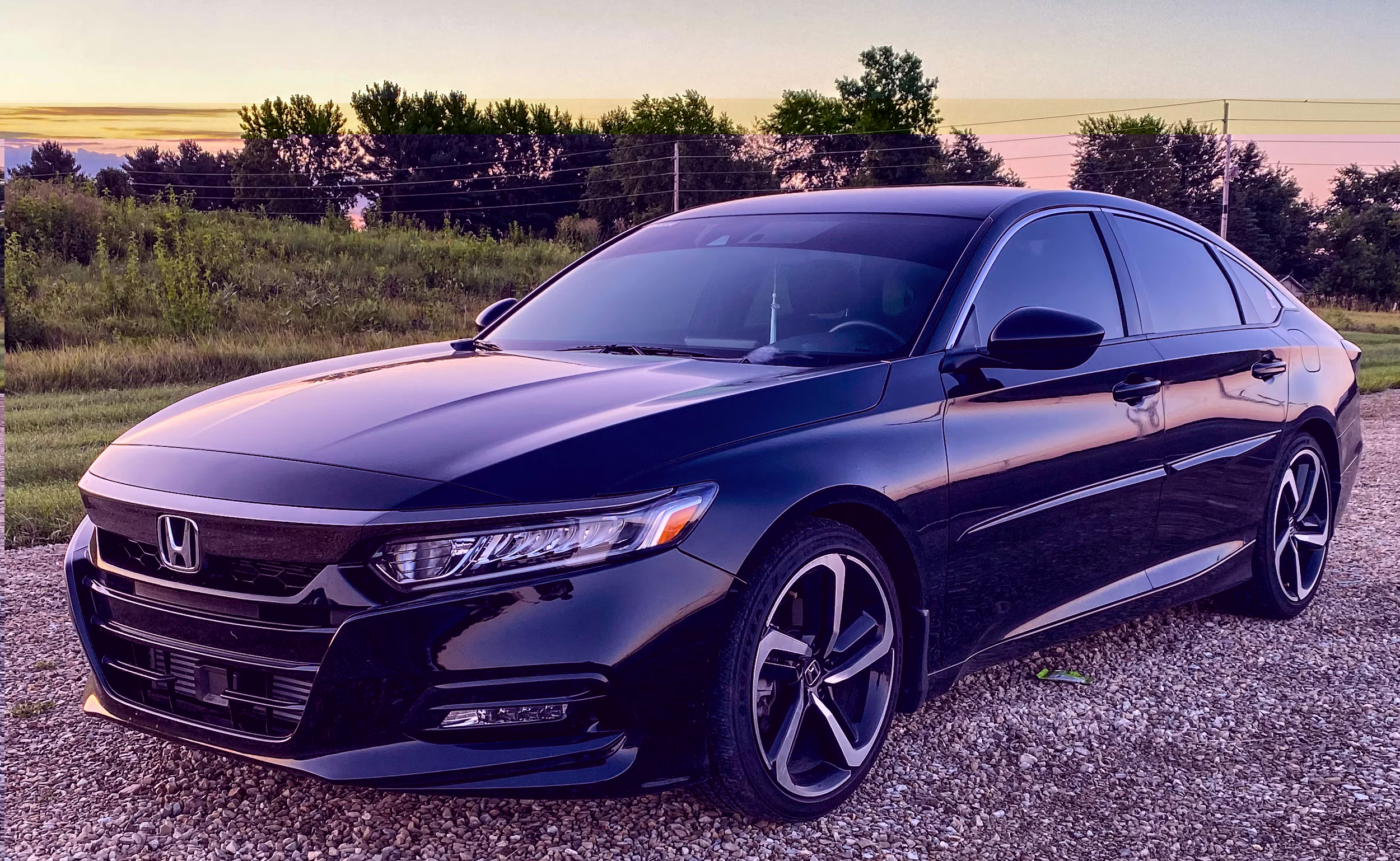
Additionally, dynamic guidelines that move with steering input are integrated seamlessly, helping drivers better visualize their path in real time.
Combined with optional front and rear parking sensors, the camera system works as part of a larger suite that includes Honda Sensing features like rear cross-traffic alert—further enhancing backing-up safety.
For a family sedan with a practical mission, the Honda Accord delivers luxury-like camera performance.
Whether navigating daily errands, tight parallel parking, or simply backing out of a driveway, the Accord’s rear camera is consistently dependable, clear, and user-friendly—making it one of the best in its class for rearward visibility.
2. Kia Telluride – Flagship Clarity With Premium Features
The Kia Telluride has made waves in the mid-size SUV market, earning accolades for its refined cabin, upscale styling, and impressive value.
But what often gets overlooked is just how good its camera systems are—especially the rearview camera, which stands out for its premium-level clarity and functionality, even on lower trims.
From the moment you engage reverse, the Telluride impresses with its crystal-clear image quality. The standard rearview camera offers a wide-angle perspective that covers a generous field of vision behind the vehicle.
The resolution is crisp, showing fine detail in real time—even during nighttime or rainy conditions, when many systems become muddy or hard to rely on.
Kia integrates software that automatically adjusts contrast and brightness depending on lighting, which improves the real-world usability tremendously.
In higher trims like the EX and SX, the Telluride goes several steps further by adding a full Surround View Monitor.
This 360-degree camera system uses multiple cameras around the vehicle to stitch together a seamless top-down view, which is incredibly helpful when parking in tight urban spaces or maneuvering in crowded driveways.
It’s one of the better executions of this tech outside the luxury segment, rivaling systems in vehicles that cost much more.
Another area where Kia excels is in screen quality. The 10.25-inch (and optional 12.3-inch in newer models) infotainment display boasts great brightness, clarity, and color fidelity.
This means the already high-quality camera feed isn’t dulled by a poor screen, making the Telluride’s rear visibility one of the most trustworthy in the industry.
The dynamic parking guidelines are responsive and accurate, adjusting smoothly to match the steering angle.
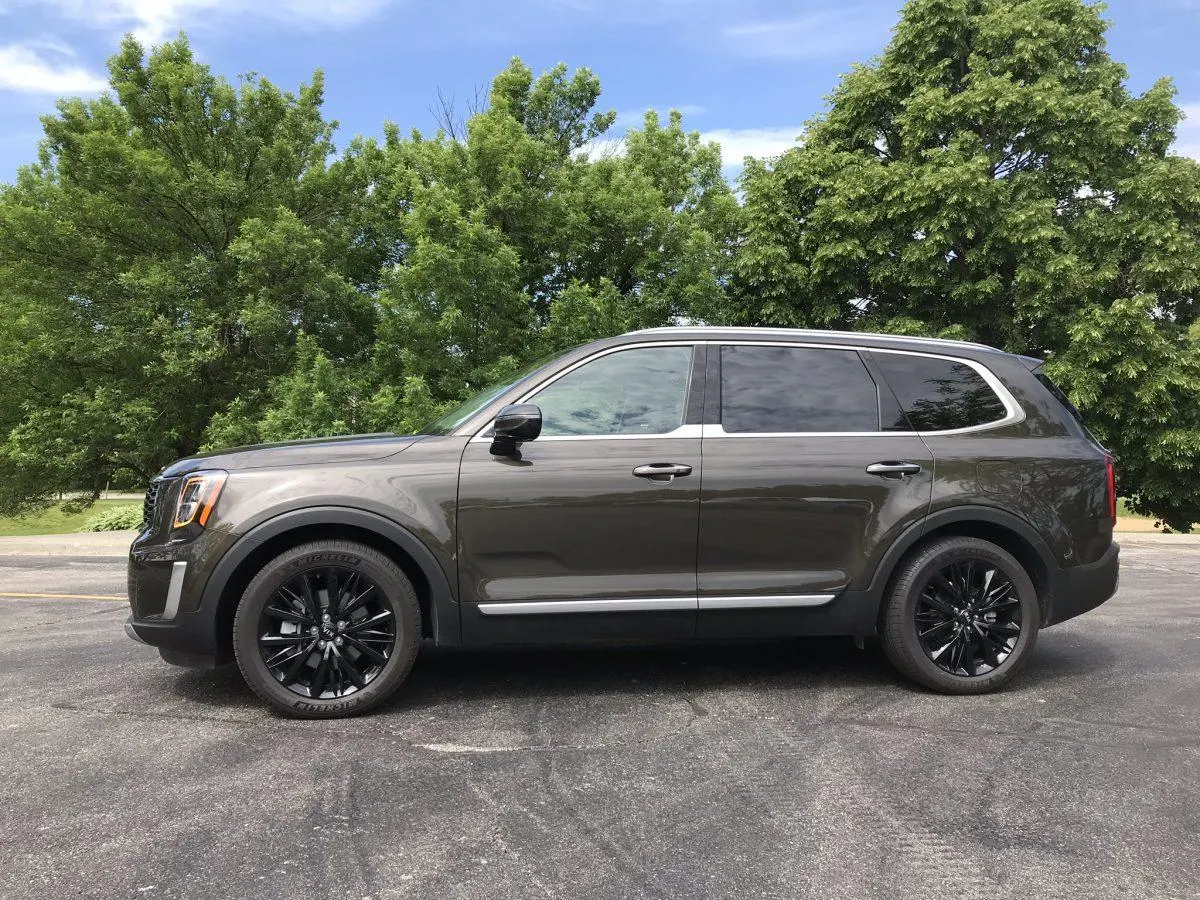
Combined with rear cross-traffic alert and available reverse automatic emergency braking, the camera system in the Telluride isn’t just a convenience—it’s a serious safety tool.
Kia’s attention to detail in the Telluride shows in how polished the rear camera system feels. It’s intuitive, responsive, and doesn’t compromise in clarity or function.
For families or commuters who need both safety and ease of use in a large SUV, the Telluride delivers an exceptional rear camera experience—one that truly rivals premium competitors while maintaining the brand’s signature value.
3. Audi Q5 – Precision Optics in a Luxury Package
The Audi Q5, a staple in the luxury compact SUV market, is a prime example of how premium engineering can extend all the way to camera systems.
While drivers expect smooth powertrains, upscale interiors, and sleek design from Audi, the Q5 also delivers on a less glamorous but equally important feature: a top-tier rear camera system that makes reversing feel effortless and precise.
Standard on all trims, the rearview camera in the Q5 offers a stunningly clear feed that reflects Audi’s premium positioning.
The camera captures in high resolution, presenting a natural, distortion-free image that feels far closer to reality than what’s found in many competitors. Whether it’s tight city parking or a narrow alleyway, the Q5 gives drivers confidence with every maneuver.
One of the biggest assets of the Q5’s system is its integration with Audi’s MMI display, which itself is a high-resolution, crisp, and beautifully rendered screen.
There’s no pixelation, lag, or contrast issues—just a live image that mirrors the quality you’d expect from a high-end smartphone display.
Paired with dynamic guidelines that respond instantly to steering input, the system gives an exact sense of how the vehicle will move in reverse, reducing guesswork entirely.
Higher trims and packages include Audi’s 360-degree camera suite, offering a bird’s-eye view stitched seamlessly from multiple lenses.
This is particularly useful when aligning the vehicle within parking lines or navigating tight garages. The quality of the stitching and the accuracy of the perspective are among the best in the segment.
Additionally, the rear camera features excellent low-light performance, aided by sharp contrast tuning and infrared-friendly processing that preserves visibility during nighttime or in shadowed areas. Even in rainy or dirty conditions, the lens stays relatively clean thanks to a smart placement and optional washer system.
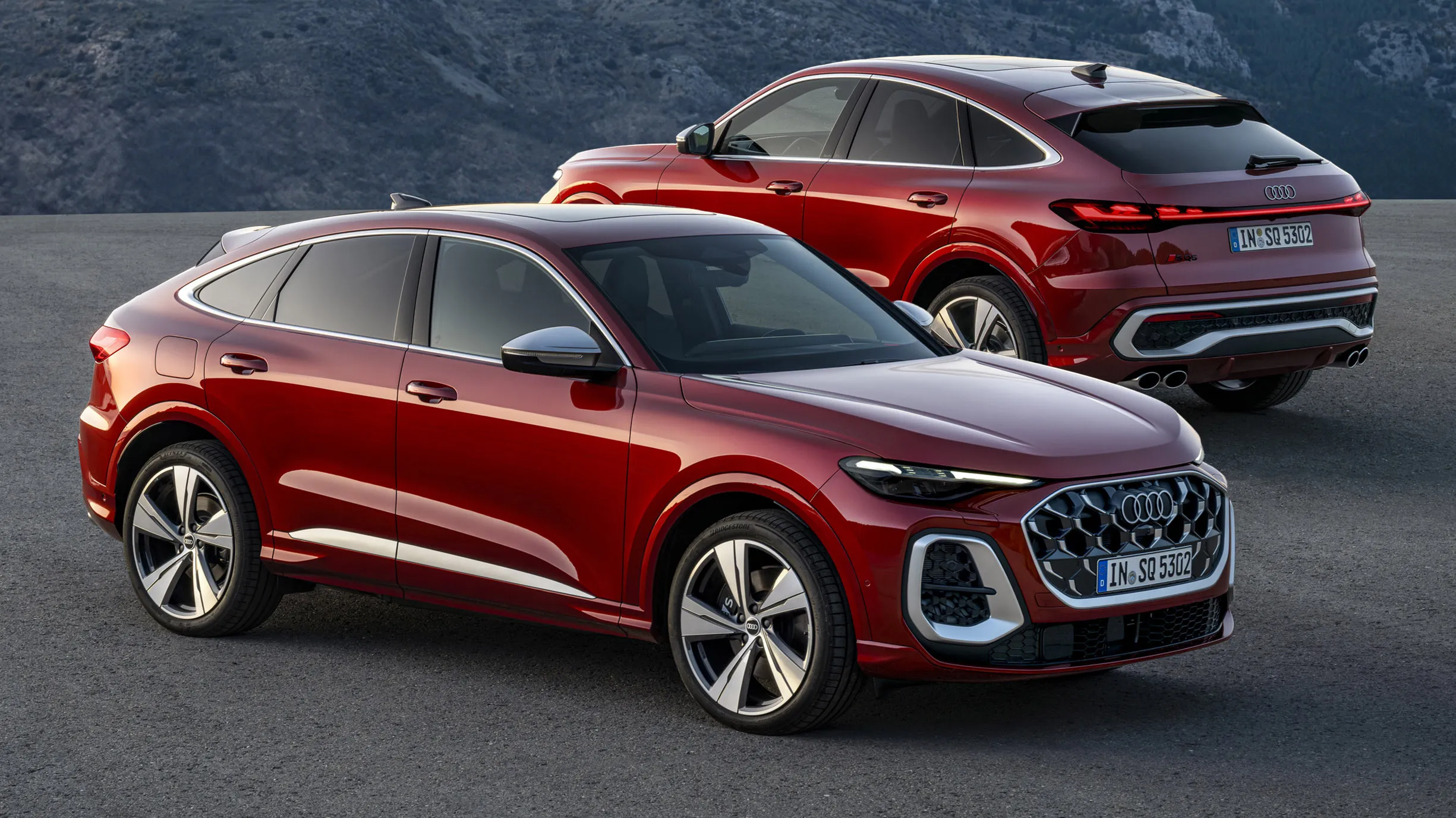
Audi also provides tactile and visual alerts through the parking assist system, which complements the rearview camera with proximity sensors and rear cross-traffic alerts—turning a simple camera into a full reversing safety package.
For a luxury buyer, camera clarity should be non-negotiable, and the Audi Q5 more than delivers. It turns reversing into a confident, high-precision task rather than a cautious obligation, blending clarity with technology in true Audi fashion.
4. Toyota RAV4 (2022 and Newer) – Clear Vision in the Mainstream Segment
The Toyota RAV4 has evolved into one of the most popular compact SUVs on the road, known for its reliability, versatility, and strong resale value.
But beyond these core strengths, the newer generation—especially from 2022 onward—has significantly raised the bar in terms of rear camera clarity, making it one of the better-equipped vehicles in its class for reverse visibility.
Toyota has clearly taken driver feedback to heart by enhancing the rear camera with higher resolution and better low-light performance.
Where older models suffered from grainy or washed-out images, the 2022+ RAV4’s system now provides a crisp and well-lit feed that inspires confidence when backing up.
The camera captures a wide-angle field of view that effectively covers blind spots and edges, making it easier to spot approaching vehicles, children, pets, or obstacles in tight driveways.
One major strength of the RAV4’s setup is its integration with Toyota’s 8-inch (or optional 10.5-inch in higher trims) high-definition touchscreen display.
This bright and responsive screen presents the rear camera feed with minimal lag and impressive clarity. Even with base trims, Toyota’s display does justice to the camera input—something many rivals still fall short on.
Dynamic gridlines add further utility, moving fluidly as the steering wheel turns to help guide the driver’s path in reverse.
Available parking sensors and rear cross-traffic alert work in tandem with the camera to provide both visual and audible alerts when hazards are detected, reinforcing the system’s safety focus.
Upper trims and packages—such as XSE or Limited—also offer Toyota’s Bird’s Eye View Camera with perimeter scan, delivering a 360-degree overhead composite of the vehicle’s surroundings. This is especially helpful when parallel parking or fitting into tight urban spots.

Additionally, Toyota positions the rear camera lens strategically above the license plate and under the tailgate lip, helping shield it from rain, snow, or road grime. Even in inclement weather, the camera stays surprisingly clean and usable.
While the RAV4 may not carry a luxury badge, its attention to rear camera detail is commendable.
Toyota understands that safety and convenience go hand in hand, and with the 2022+ RAV4, reversing becomes a confident, crystal-clear process—one you don’t have to second-guess.
5. BMW X5
The BMW X5, a luxury midsize SUV, is known for its performance, refinement, and cutting-edge technology.
But among its many premium features, one that consistently stands out is its rear camera system—an exceptionally well-executed piece of tech that redefines what drivers should expect from rear visibility.
Even on the base trim, the X5 includes a high-definition rearview camera that immediately communicates clarity, depth, and precision. The field of view is wide but not distorted, allowing the driver to see directly behind the vehicle and to the sides with confidence.
What sets the X5 apart, though, is not just the quality of the lens or sensor—but the sophistication of the entire imaging system.
The real magic comes alive with BMW’s Surround View system, available on higher trims or as part of the Parking Assistance Package.
This includes a 360-degree camera suite that combines feeds from multiple angles to render a seamless top-down perspective, side view, and 3D visualization.
With a swipe on the touchscreen, drivers can rotate a digital model of their car and view it from any angle—an especially valuable feature in parking garages or narrow alleys.
BMW’s 12.3-inch central display supports the camera feed with impeccable resolution, color fidelity, and brightness. The contrast ratios are so fine-tuned that even nighttime reversing produces a sharp, vivid image.
Add to this the fact that BMW offers automatic brightness adjustments depending on external lighting conditions, and the result is a rear camera experience that feels like a natural extension of the driver’s eyes.
Dynamic guidelines are, of course, present—accurately reflecting steering angle—and are accompanied by BMW’s Park Distance Control with audible and visual warnings. The system even overlays predictive path lines and obstacle markers for complex maneuvers.
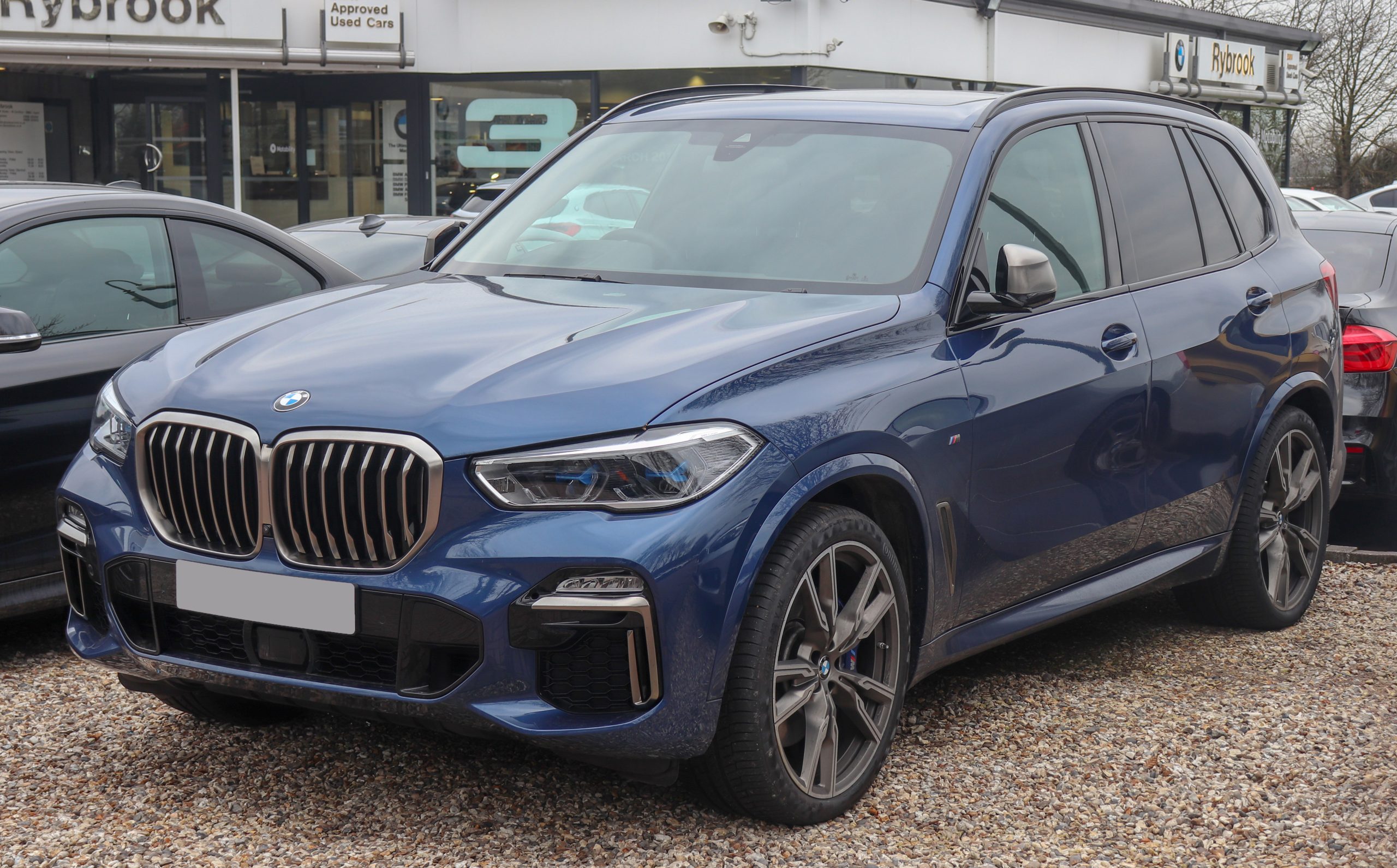
Rain or snow? BMW thought of that too. The camera housing includes a small lens washer that helps keep the image clear even in dirty road conditions—something many rivals neglect.
In the X5, reversing is elevated from a basic task to a digitally enhanced, stress-free experience. With impeccable attention to detail and tech that’s as functional as it is futuristic, the BMW X5 sets a high benchmark for what rear camera quality should be in the luxury SUV class.
5 Cars That Are Pixelated Blurs
Not all rearview cameras are created equal. Despite federal mandates requiring backup cameras in all new cars, the quality of these systems varies dramatically between models.
Some manufacturers treat them as mere checkboxes on a safety list—installing low-resolution lenses with poor light performance and minimal software processing.
The result? Drivers are often left relying on grainy, pixelated images that provide little real help when reversing, parking, or spotting obstacles.
In an era when most smartphones offer stunning video quality and even budget tablets feature high-resolution displays, it’s frustrating to encounter vehicles—sometimes even expensive ones—that deliver rear camera feeds so poor they’re nearly useless.
Blurry outlines, laggy performance, or poor contrast in low light are more than just annoyances. They can reduce a driver’s ability to react quickly and accurately in a tight space or crowded lot.
This section highlights five vehicles that fall short in rear camera performance. Some are plagued by outdated hardware, others by poor screen resolution or software that fails to optimize the video feed. In several cases, it’s a combination of all three.
These vehicles might succeed in other areas—offering strong drivetrains, sleek styling, or high-end infotainment—but when it comes to rear visibility, they’re stuck in the past.
For drivers who reverse daily in busy neighborhoods, underground garages, or unpredictable weather, a blurry camera image isn’t just inconvenient—it’s a safety risk.
Let’s take a close look at five vehicles that, unfortunately, still deliver rearview camera systems that feel like they’re from the flip-phone era. These pixelated blurs are reminders that even in 2025, automotive tech isn’t always moving forward at the same pace across the board.
1. Nissan Kicks
The Nissan Kicks is a compact crossover that attracts budget-conscious buyers with its funky styling, great fuel economy, and solid feature set for the price.
But one of its most noticeable weak points lies in a feature that has become essential in modern driving—the rearview camera. Despite being standard on all trims, the system in the Kicks often delivers one of the blurriest, least refined camera experiences in its class.
At first glance, the display quality might seem acceptable, especially for drivers coming from older vehicles without a camera at all. But spend a few days backing into parking spots or navigating tight city lanes, and the problems become glaring.
The image resolution is notably low, with fuzzy outlines and poor sharpness. Vehicles, pedestrians, or curbs can appear distorted, and identifying specific objects often requires guesswork.
When bright sunlight hits or when reversing at night, the glare or noise completely washes out the feed, making the camera close to unusable in those moments.
The issue is compounded by the quality of the infotainment screen itself. The 7-inch touchscreen, while functional for audio and basic controls, simply doesn’t have the resolution or brightness to enhance what little quality the camera captures.
The result is a frustratingly dim and pixelated rear view that feels outdated, especially compared to rival subcompacts like the Hyundai Venue or Kia Soul, which offer sharper, more usable camera systems at a similar price point.
While Nissan offers a more advanced 360-degree Around View Monitor on some of its pricier models like the Rogue or Altima, the Kicks is left with basic hardware and little to no image processing assistance.
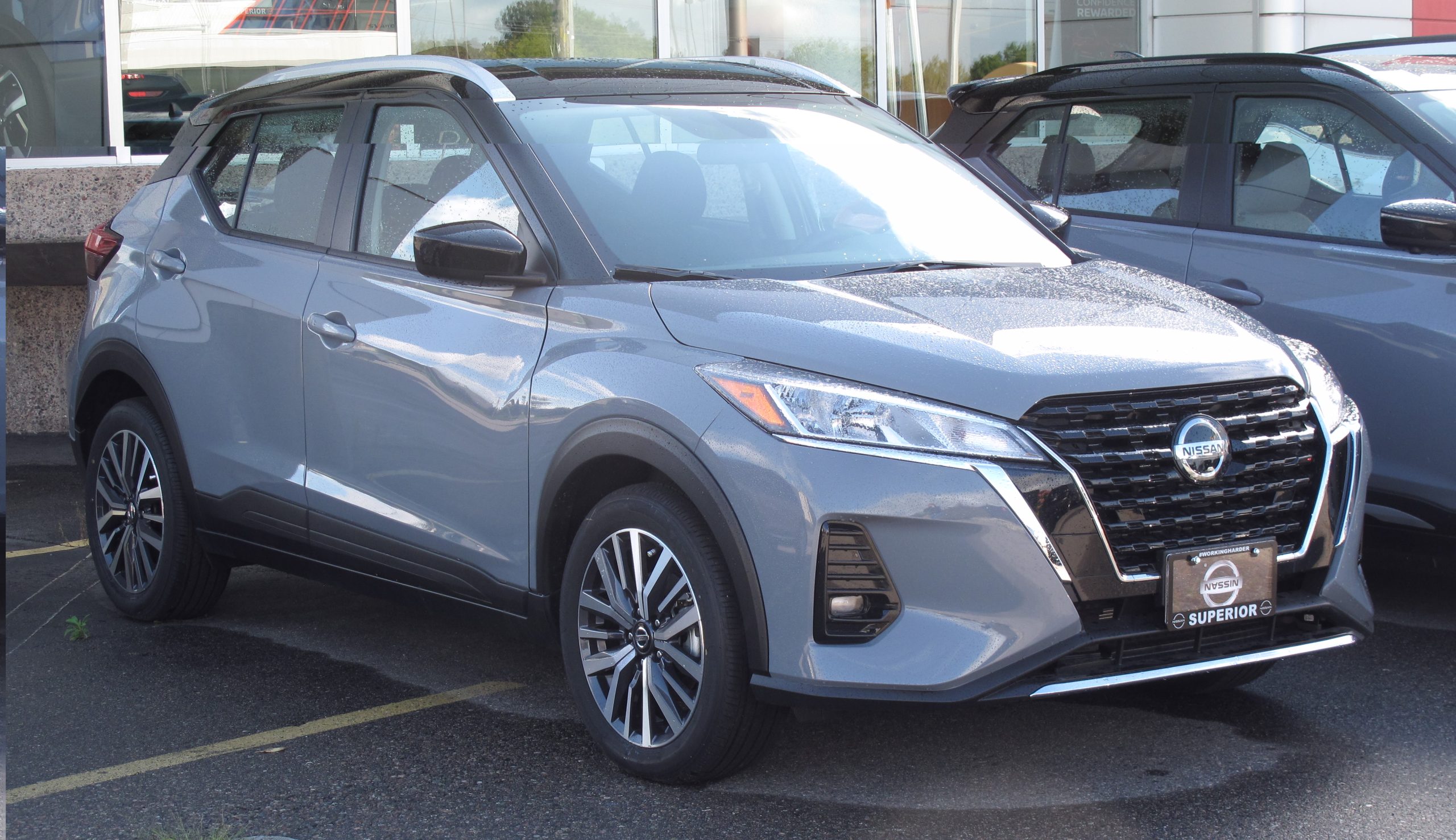
The system also lacks dynamic guidelines, which further limits its usefulness during more complex maneuvers.
Ultimately, the Kicks is a car designed to deliver high value at a low price—but the rear camera setup is an area where Nissan clearly cut corners.
In daily urban driving where precision and visibility matter most, this is more than a minor annoyance—it’s a legitimate drawback.
Buyers looking at this segment should be aware that while the Kicks checks the backup camera box on paper, it does very little to help in practice.
2. Jeep Compass
The Jeep Compass is often marketed as a rugged, go-anywhere compact SUV with a refined design and an off-road-ready attitude. However, for a vehicle with modern branding and an adventurous image, its rear camera system feels stuck in the past.
In a segment where even entry-level crossovers are now boasting crisp, high-definition camera views, the Compass disappoints with a grainy, low-res feed that’s barely usable in anything but perfect daylight.
One of the biggest issues is the rear camera’s poor resolution. While the unit technically meets federal safety regulations, the image quality is unrefined, especially on the lower trims where the camera appears more of an afterthought than a designed feature.
The visuals lack clarity, and object outlines blend together in low-contrast environments. Reversing into a dimly lit parking spot or navigating an underground garage becomes a stressful experience instead of a seamless one.
Another major drawback is the display quality. The Compass’s base infotainment system, while serviceable for radio or phone mirroring, doesn’t help enhance the already blurry camera feed.
Even on higher trims with a larger 8.4-inch screen, the camera image suffers from compression artifacts and dull brightness, making it hard to distinguish depth or proximity—key details when backing into tight spaces.
Weather performance also adds to the frustration. During rain, snow, or dusty road conditions, the lens is prone to smudging and fogging.
There’s no camera washer, and its placement on the liftgate leaves it vulnerable to getting dirty quickly. The result is a streaky or fogged-out image that renders the camera almost useless unless manually wiped clean.
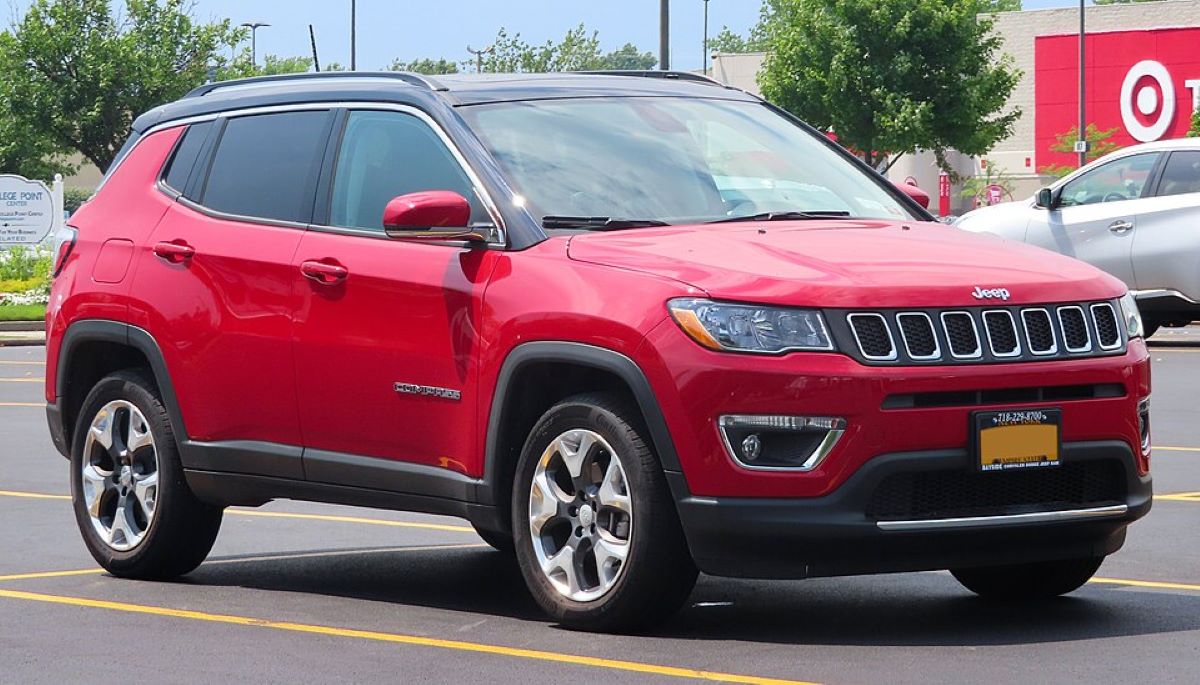
Even more surprising is the lack of dynamic guidelines in certain trims. Without them, drivers must rely entirely on their judgment—difficult when the image quality is already subpar.
Some versions of the Compass do offer more advanced features like park assist and sensors, but they don’t do much to compensate for the underwhelming core camera system.
For a brand that prides itself on capability and innovation, the Jeep Compass falls flat in rear camera technology. In a world where camera clarity is a key part of everyday convenience and safety, this Jeep feels outdated—not just in hardware but in execution.
3. Mitsubishi Outlander Sport
The Mitsubishi Outlander Sport attempts to offer a practical and affordable compact crossover option in a crowded market.
While it has undergone multiple facelifts over the years, one thing that hasn’t kept up is its rearview camera system. Even in recent models, the rear camera quality remains far below par—grainy, laggy, and difficult to rely on during daily driving.
At first glance, the Outlander Sport’s camera might seem functional. It activates reliably when the car is placed in reverse, and it displays a wide enough angle. But the first problem becomes apparent immediately: resolution.
The image displayed on the infotainment screen looks as though it’s from a decade ago—low in pixel count, lacking sharpness, and often washed out. On cloudy days or in shaded garages, the screen becomes a murky mess of shapes rather than a clear display of what’s behind the vehicle.
Part of the issue lies in the dated hardware Mitsubishi continues to use. Unlike newer competitors that have moved to high-definition sensors with advanced light processing, the Outlander Sport still uses basic camera components with poor low-light and contrast performance.
This becomes especially dangerous at night or in heavy rain, when the rearview camera offers almost no visual detail beyond vague outlines.
To make matters worse, the infotainment display—which could otherwise help elevate the experience—is nothing special. The screen lacks the pixel density and brightness needed to bring out the best in the camera feed.
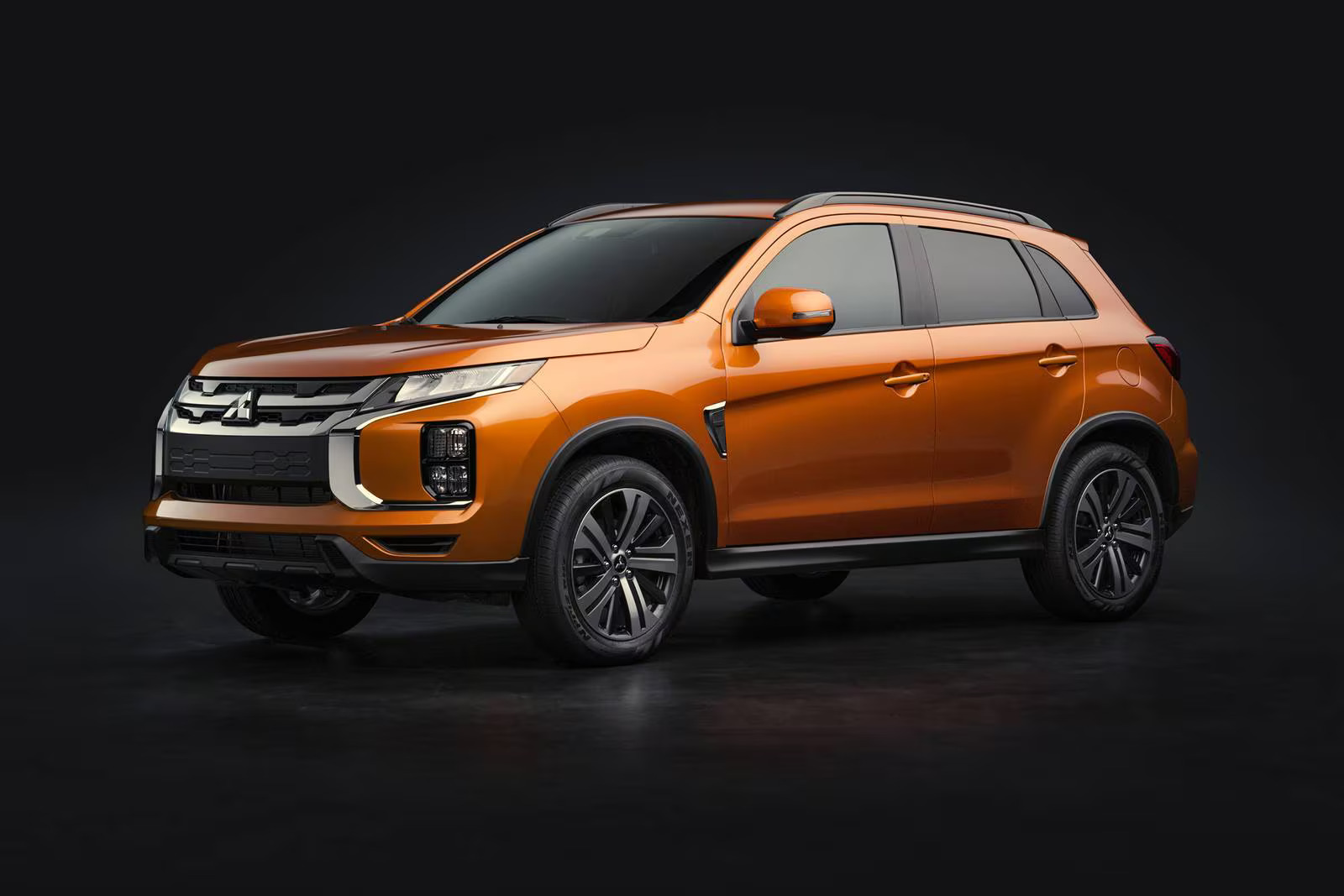
Glare from sunlight, poor color reproduction, and motion blur all degrade the reversing experience, often forcing drivers to rely solely on mirrors or instinct.
Additionally, the Outlander Sport’s camera lacks some of the basic enhancements now expected in this segment, like dynamic guidelines that adjust with steering or a proximity alert system. The result is a basic backup system that feels incomplete and outdated.
While the Outlander Sport appeals to budget-minded buyers, it cuts corners in areas that truly matter for modern safety and convenience.
Rear visibility is no longer a luxury—it’s a necessity. And in this regard, the Outlander Sport’s camera setup leaves drivers guessing when they should feel supported and secure.
4. Chevrolet Trax (Pre-2024 Models)
The Chevrolet Trax, particularly in its earlier iterations before the 2024 redesign, is a city-friendly compact crossover that offers affordability, easy maneuverability, and a solid fuel economy.
However, one of its weakest links has long been the rearview camera system—an issue that persisted across multiple model years before GM finally addressed it in the latest generation.
In pre-2024 Trax models, the rear camera is a textbook example of a cost-cutting feature implemented just to meet federal safety regulations. It technically exists and functions, but the video feed quality is sorely lacking.
The image is consistently pixelated, with dull colors, fuzzy edges, and poor contrast. Objects behind the vehicle blur together, and during nighttime or rainy conditions, visibility drops significantly—often to the point of being nearly useless.
The placement of the camera lens also doesn’t help. It’s mounted low and exposed near the license plate, where road grime and water splash can easily obscure the lens.
And without any lens protection or washer, the image frequently appears streaked or foggy after just a short drive in poor weather.
On many trims, the infotainment display itself is small and dated, often just 7 inches with modest resolution and limited brightness. That makes it difficult to interpret the already poor-quality feed, especially when glare from sunlight hits the screen.
Even drivers with good vision can find themselves squinting to make out the outlines of curbs, poles, or approaching vehicles.
Additionally, the system lacks dynamic guidelines, relying only on static lines that offer no steering feedback. This further reduces driver confidence in tight spaces, particularly in urban environments where precision is key.
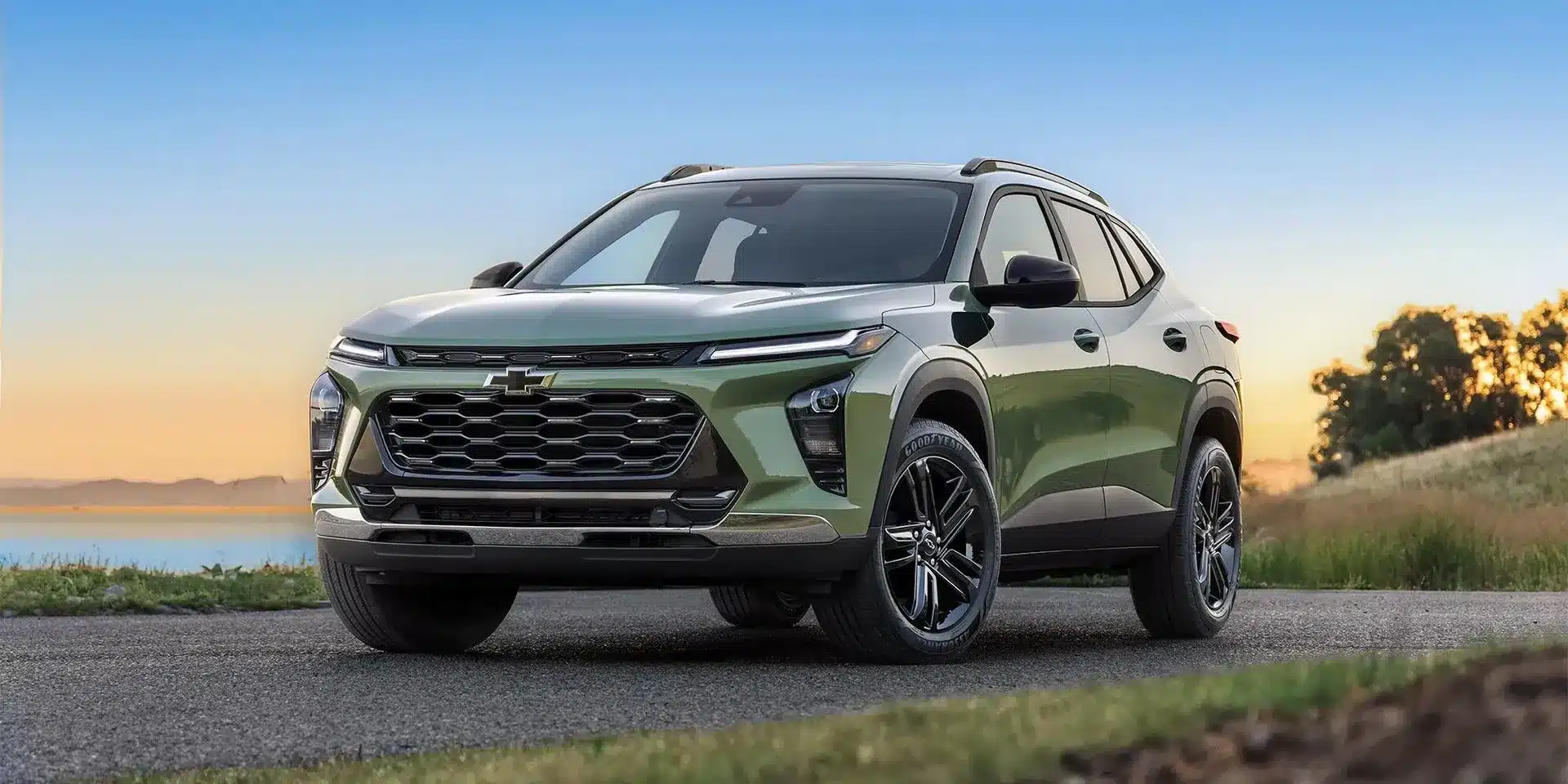
While higher trims sometimes offer rear cross-traffic alert or parking sensors, they do little to elevate the fundamental issue—the blurry and outdated camera feed.
In a market filled with small crossovers that now offer crystal-clear cameras even in their base versions, the pre-2024 Chevy Trax stands out for the wrong reason.
It fails to meet modern expectations for rear visibility, making what should be simple parking maneuvers feel unnecessarily risky.
Fortunately, the 2024 redesign addressed many of these concerns—but for anyone driving or shopping for earlier models, the rearview camera remains a significant drawback.
5. Subaru Crosstrek (Pre-2023 Models)
The Subaru Crosstrek is beloved for its all-wheel-drive confidence, outdoorsy appeal, and practical size. It’s a go-to choice for adventurers, dog owners, and commuters alike.
However, while it shines on gravel roads and snowy driveways, its rearview camera—especially in models built before the 2023 redesign—fails to deliver the clarity expected from a modern safety feature.
The issue isn’t that the camera is missing—Subaru has included one for years—but that it consistently underperforms. In pre-2023 Crosstreks, the rear camera feed is often fuzzy and washed out, with very low resolution.
In bright daylight, glare often overwhelms the screen, flattening contrast and hiding key details. At night or in cloudy weather, the image becomes grainy, lacking the low-light refinement found in many competing vehicles.
The 6.5-inch or 8-inch Starlink touchscreen varies depending on the trim, but regardless of size, the display isn’t calibrated well for the backup feed.
The video often appears with muted colors and soft focus, and there’s a noticeable delay when shifting into reverse—adding an unwelcome lag that breaks the driver’s confidence when backing into tight spaces.
One of the more glaring omissions in lower trims is the lack of dynamic guidelines. Unlike competitors like Mazda or Honda, Subaru stuck to static lines for years on the Crosstrek, failing to provide helpful steering-angle feedback.
As a result, drivers are left to estimate their arc when parking, which is especially difficult given the blurry video feed. This is disappointing for a brand that otherwise places strong emphasis on safety and technology.
In winter or off-road conditions—exactly the environments where Crosstrek drivers often find themselves—the rear camera frequently becomes unusable.
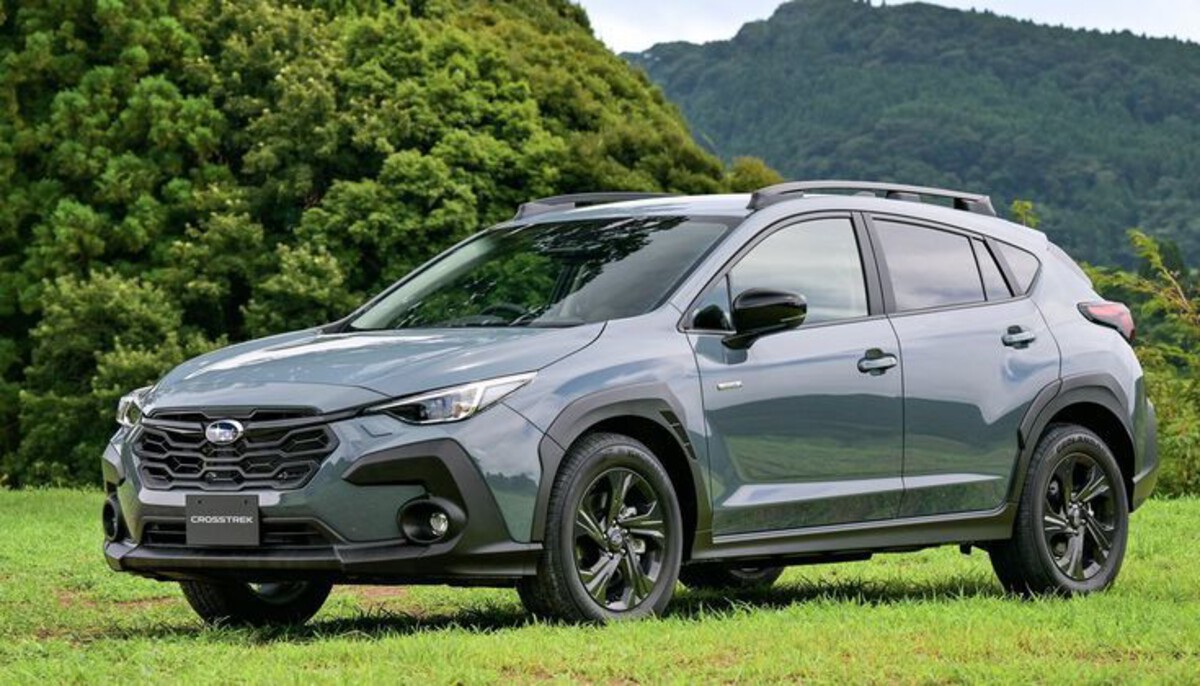
The lens is poorly shielded and easily gets coated in snow, dirt, or water. Without a washer or any self-cleaning feature, visibility can vanish at the worst possible time, especially on unpaved roads or during trail driving.
Subaru finally made strides in the 2023 redesign, with improved camera optics and software upgrades.
But for those driving earlier models, the Crosstrek’s rear camera is a notable weak point. It’s ironic that a vehicle built for exploration and tricky environments provides such limited visual aid when it matters most—while backing up.
Also Read: 5 Cars That Don’t Lose MPG Over Time and 5 That Bleed Fuel Efficiency

